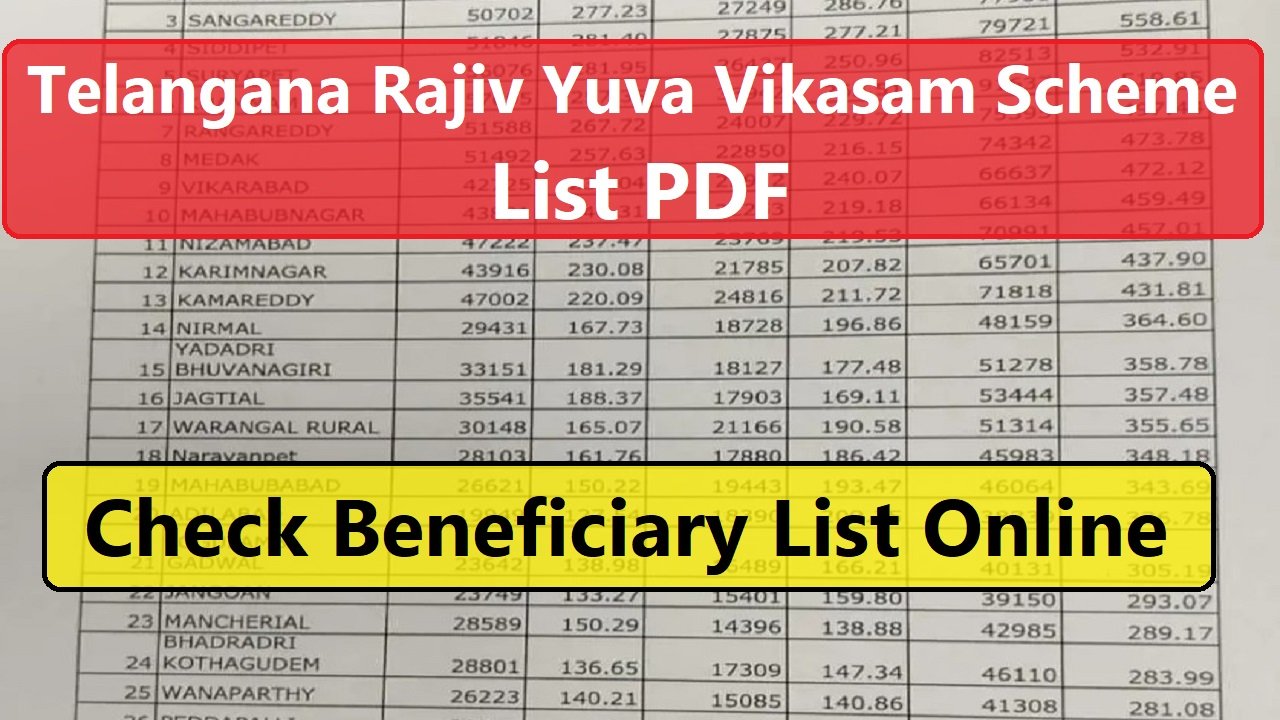Unified Pension Scheme Gratuity: A Game-Changer for Government Employees 2025
Summary:- The Unified Pension Scheme Gratuity (UPS) under NPS aims to provide government employees with a secure, predictable, and inflation-proof pension structure. Combining features of both NPS and OPS, it ensures an assured pension payout, a guaranteed family pension, minimum pension protection, and a lump sum gratuity at retirement. The scheme addresses concerns over market-linked volatility and provides employees with much-needed financial stability in their post-retirement years.
Unified Pension Scheme Gratuity in india
The Indian government has taken a significant step towards securing the financial future of its employees by introducing the Unified Pension Scheme (UPS) under the National Pension System (NPS). Announced earlier this year, the scheme is set to be implemented from April 1, 2026. The UPS is a hybrid model that combines elements of both the Old Pension Scheme (OPS) and the New Pension Scheme (NPS), ensuring a stable and assured pension for government employees. Unlike the purely market-driven NPS, this scheme offers a guaranteed pension, an assured family pension, a minimum pension, inflation indexation, and a lump sum gratuity payment at the time of superannuation.

A major highlight of the Unified Pension Scheme is the introduction of gratuity benefits, which were previously unavailable under the NPS. As per the new provisions, employees covered under NPS who opt for UPS will receive a lump sum gratuity at a rate of 1/10th of their monthly emoluments (basic pay + DA) for every completed six months of service at the time of retirement. This additional financial security ensures that retirees have a substantial corpus at the end of their service, helping them manage post-retirement expenses effectively. Notably, the gratuity payout does not reduce the assured pension benefits, making it a crucial financial advantage for government employees.
Unified Pension Scheme Gratuity Calculator
The Unified Pension Scheme is designed primarily for central government employees who joined service before January 1, 2004. It follows a defined contribution model but integrates elements of a defined benefit structure, ensuring a fixed pension payout, irrespective of market fluctuations. This shift is aimed at addressing concerns regarding the unpredictability of pension amounts under NPS due to market-linked investments.
- The UPS guarantees a pension payout of 50% of the average basic pay drawn over the last 12 months prior to retirement for employees with a minimum qualifying service of 25 years. In addition, the scheme also ensures an assured family pension, equivalent to 60% of the employee’s last drawn pension, for the surviving spouse. Moreover, the government has set a minimum pension threshold of ₹10,000 per month, ensuring that no retiree receives less than this amount, even if their contribution falls short. To counteract inflation, all pension payouts—including the assured pension, family pension, and minimum pension—will be linked to the All India Consumer Price Index for Industrial Workers (AICPIIW), ensuring that retirees maintain their purchasing power over time.
The eligibility for pension payout under UPS is structured to cover multiple retirement scenarios:
- Superannuation after a minimum of 10 years of service – Employees retiring after at least 10 years of service will start receiving their pension from the date of superannuation.
- Retirement under Fundamental Rule (FR) 56(j) – If the government retires an employee under FR 56(j), which is not considered a penalty, the pension will commence immediately.
- Voluntary retirement after 25 years of service – Employees who voluntarily retire after completing 25 years of service will receive their pension from their notional superannuation date.
The implementation of UPS marks a significant policy shift, balancing fiscal responsibility with employee welfare. Unlike the old OPS, which placed a heavy financial burden on the exchequer due to its non-contributory nature, UPS ensures sustainability through employer and employee contributions while providing a stable pension. The scheme has been structured to prevent excessive government liabilities while still ensuring financial security for retirees.
The lump sum gratuity payment, along with a guaranteed pension, addresses long-standing demands of government employees who sought more security than what NPS offered. This move is expected to benefit thousands of employees who were uncertain about their post-retirement financial stability due to NPS’s dependence on market returns.
Not:-
Please note that the information provided in this article is primarily sourced from the internet. While every effort has been made to ensure its accuracy, we cannot guarantee the absolute correctness of the details. For comprehensive and definitive information, we strongly recommend visiting the official website for the most up-to-date and reliable details.
Conclusion
The Unified Pension Scheme (UPS) with gratuity is a revolutionary reform in India’s pension landscape. By merging the best features of both the Old and New Pension Schemes, the government has created a balanced system that ensures financial security for retirees while maintaining fiscal prudence. The introduction of gratuity payments further enhances the benefits, making UPS a preferred choice for government employees looking for a stable and assured post-retirement income. With its official rollout from April 1, 2026, the scheme is set to redefine pension benefits for central government employees, reinforcing the Modi government’s commitment to ensuring economic stability for its workforce.


